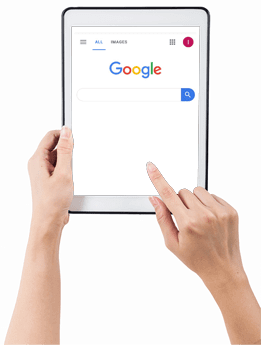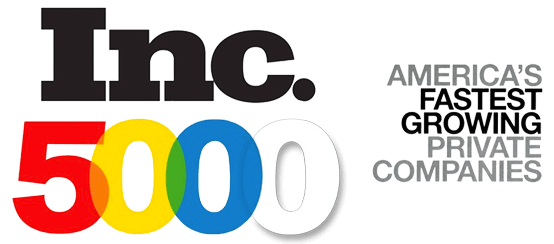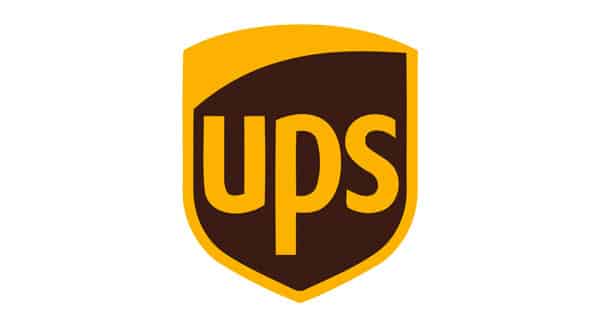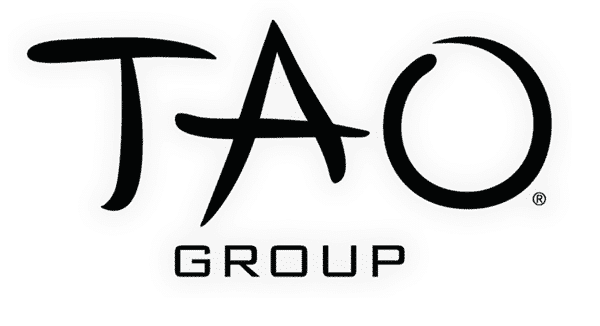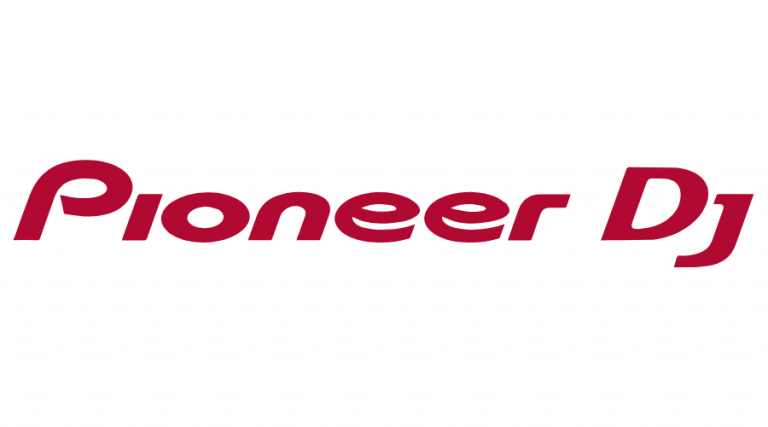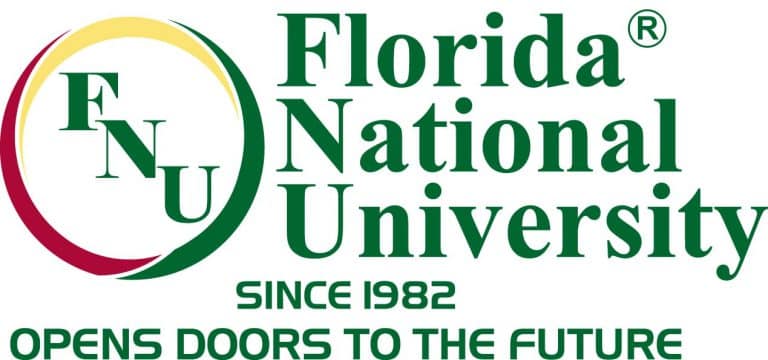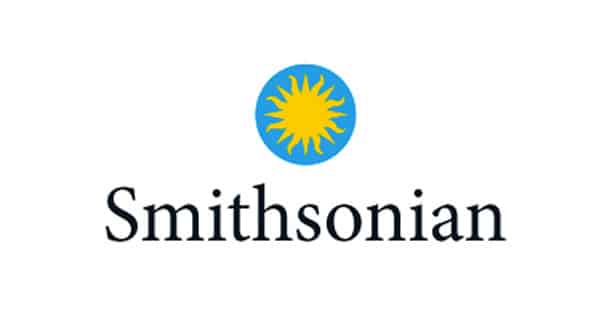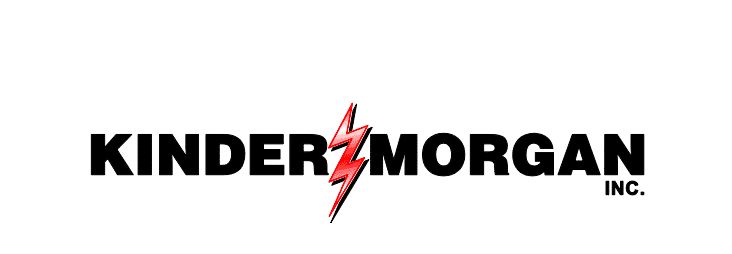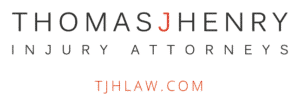
In the world of digital marketing, choosing the right advertising platform can mean the difference between achieving a high return on investment (ROI) and burning through your budget with little to show for it. Two platforms dominate the space—Google Ads and Meta Ads (previously known as Facebook Ads). Each has its own strengths, audiences, and advertising philosophies. As businesses become increasingly focused on performance metrics and revenue-driven campaigns, understanding where to place your ad dollars becomes essential.
So, which platform actually drives better ROI? The answer isn’t black and white. It depends on your business type, objectives, customer journey, and budget. This in-depth guide compares both platforms, exploring key elements like targeting capabilities, cost structures, ad formats, analytics, and more—so you can make the most informed decision for your brand.
Understanding the Platforms

Google Ads, launched in 2000, operates primarily on intent-based search advertising. It allows advertisers to place ads on Google Search, YouTube, the Google Display Network, Gmail, and even Google Maps. Its strength lies in capturing users at the moment they are actively searching for something—be it a product, service, or information.
Meta Ads, which includes Facebook, Instagram, Messenger, and the Audience Network, takes a different approach. It’s a social advertising platform focused on audience behavior and interests rather than search intent. Meta excels at creating demand through visual storytelling, detailed audience targeting, and building brand awareness across social experiences.
Targeting Capabilities

Google Ads is exceptionally strong when it comes to keyword targeting. You can bid on search terms that are highly relevant to your product or service and capture users who are actively expressing intent. Whether it’s someone searching for “emergency plumber near me” or “best laptops 2025,” Google allows you to show up right at that pivotal moment. Beyond keywords, Google Ads also offers demographic targeting, device targeting, geographic filters, and remarketing to re-engage users who have interacted with your site.
Meta Ads, on the other hand, shines in behavioral targeting. It uses a deep understanding of user interests, activities, and demographic information to serve ads to the right people. Advertisers can build audiences based on life events (like engagements or recent travel), job titles, shopping behaviors, and even users’ connections. Lookalike audiences and custom audience features also give Meta an edge in scaling high-performing campaigns.
Ultimately, if you want to target users based on specific keywords and search queries, Google Ads is your best bet. But if you want to build emotional connections through lifestyle-driven storytelling and highly granular audience segmentation, Meta is unmatched.
Ad Formats and Placements

Both platforms offer a range of ad formats, but they cater to different user mindsets and content environments.
Google Ads allows for several formats, including search ads, display ads, shopping ads, and video ads. Search ads are text-based and appear when users actively look for something. Display ads, often banners or interactive visuals, appear across a wide network of websites and apps. Shopping ads are product-focused, perfect for e-commerce. Video ads run primarily on YouTube and allow brands to engage users with richer storytelling.
Meta Ads offers more immersive formats—photo ads, video ads, carousel ads, slideshow ads, stories, and reels across Facebook, Instagram, and Messenger. Meta’s platforms are more visually driven, making them ideal for lifestyle products, fashion, beauty, wellness, and other industries that benefit from storytelling and aspirational content.
Where Google captures user intent, Meta generates interest. If you’re launching a new product or trying to build brand equity, Meta’s suite of visually compelling ad formats could offer higher engagement. But if you’re looking to drive quick conversions on search-heavy products, Google’s intent-driven formats are more direct and performance-oriented.
Cost and Bidding Strategies

One of the most frequently asked questions by advertisers is: which platform is more affordable? The answer is nuanced.
Google Ads typically charges on a cost-per-click (CPC) basis, and costs vary dramatically depending on the competitiveness of your keywords. For example, industries like legal, insurance, and finance may see CPCs as high as $50 or more. However, because the traffic is high intent, even expensive clicks can result in valuable conversions.
Meta Ads, in contrast, often operates on a cost-per-thousand impressions (CPM) or cost-per-click (CPC) model. CPCs tend to be lower than Google, especially in consumer-focused industries. But the traffic is more passive. Users are not actively searching—they’re scrolling through content—so while clicks may be cheaper, conversions often require nurturing and retargeting.
Both platforms use real-time auction systems and offer automated bidding strategies based on campaign goals. Smart bidding, target CPA (cost-per-acquisition), and ROAS (return-on-ad-spend) bidding are now common on both platforms, giving marketers more control over performance and budgeting.
In terms of pure cost, Meta often wins on lower CPCs. But if you’re evaluating based on qualified traffic and conversion readiness, Google may give better value despite higher costs.
Analytics and Performance Tracking
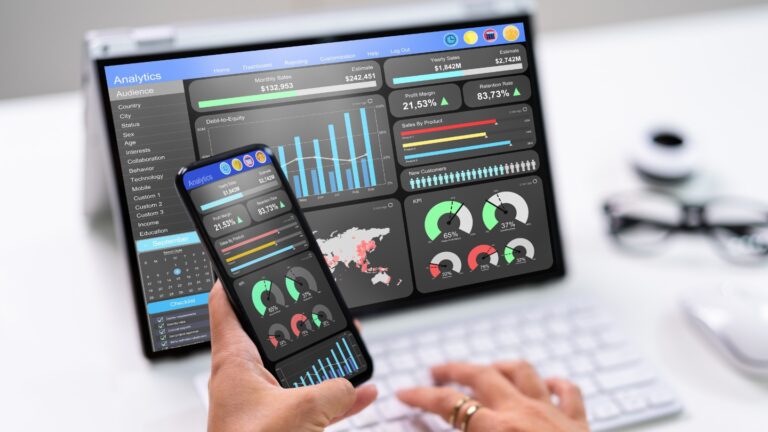
Accurate tracking and analytics are fundamental to understanding ROI. Google Ads integrates seamlessly with Google Analytics, Search Console, Tag Manager, and other Google tools. You can track a wide range of conversion actions—form fills, calls, purchases, sign-ups—and get a clear picture of the user journey from ad click to goal completion.
Meta Ads provides robust tracking as well, particularly with its Facebook Pixel and Conversions API. Advertisers can track purchases, leads, app installs, and other key actions. Additionally, Meta’s Attribution tool allows advertisers to view cross-platform and cross-device performance, which is helpful in multi-channel campaigns.
However, Meta’s analytics suffered a setback with the introduction of iOS 14 privacy changes. These updates made it more difficult for Meta to track user behavior outside its apps, affecting attribution accuracy. Google, on the other hand, is also preparing for a cookie-less future but maintains an edge with first-party data through Search and YouTube.
While both platforms offer solid analytics capabilities, Google’s integration with the broader marketing tech stack and its intent-based tracking tends to provide more reliable data—especially for conversion-heavy campaigns.
Industry-Specific Performance

Different industries tend to perform better on one platform over the other.
E-commerce brands, especially in fashion, beauty, home goods, and consumer lifestyle, often excel on Meta Ads. The visually appealing nature of the platform, combined with high engagement, allows for strong brand storytelling and product discovery.
Service-based businesses, B2B companies, and high-ticket industries (like law, finance, healthcare, and SaaS) typically see better performance on Google Ads. This is because users in these categories are actively searching for solutions, making Google’s intent-driven ads more likely to convert.
Local businesses, meanwhile, may find success on both platforms. Google’s local search ads and Maps integration help drive foot traffic, while Meta’s geo-targeting and community-building features are great for customer retention and reviews.
Ultimately, the better platform for your industry depends on your funnel stage and content strategy. Google may convert leads faster, but Meta often builds longer-term brand loyalty and engagement.
Case Studies and Examples

Consider a high-end furniture brand launching a new product line. They use Meta Ads to showcase beautifully shot videos and lifestyle imagery to attract interest and drive website visits. With carousel ads and product tags on Instagram, they increase awareness and build an audience. They then retarget those who visited their website with Google Display ads, finally capturing high-intent buyers through Google Search Ads when those users look up “luxury leather armchair.”
In contrast, a SaaS startup might invest heavily in Google Ads to capture B2B leads searching for solutions like “project management software.” After driving initial sign-ups, they use Meta Ads to build brand awareness, run testimonial videos, and stay top-of-mind during the buyer’s decision-making process.
These real-world combinations demonstrate that the strongest ROI may not come from just one platform—but from how you use both in tandem.
ROI Metrics Breakdown

Return on investment can be measured in many ways—click-through rates (CTR), conversion rates, cost-per-acquisition (CPA), customer lifetime value (CLV), and more.
On Google Ads, advertisers often see higher conversion rates due to the nature of search intent. However, because CPCs are higher, the CPA can also rise if campaigns aren’t optimised properly.
On Meta Ads, you may see lower CPCs and CPMs, but also a lower initial conversion rate, especially for colder audiences. However, when paired with strong creative, audience segmentation, and retargeting strategies, Meta can achieve strong ROAS, especially in e-commerce.
In short, Google may offer better short-term ROI on lead generation and direct purchases, while Meta often excels in long-term ROI by increasing brand equity, repeat traffic, and community engagement.
Pros and Cons Summary

Google Ads offers unmatched access to high-intent users, fast conversions, and powerful analytics. However, it can be expensive and competitive.
Meta Ads provides unparalleled audience targeting, visual storytelling, and lower ad costs. But privacy changes and user passivity can impact performance unless campaigns are carefully structured and optimised.
The best ROI comes from leveraging the platforms’ strengths rather than pitting them against each other in isolation.
How to Choose the Right Platform for Your Business

To choose the right platform, assess your business goals. If you’re looking to generate immediate leads or sales from users actively searching for your service, start with Google Ads. If your goal is to build brand awareness, engage a visually oriented audience, or remarket to warm leads, then Meta Ads will serve you well.
Your content type also matters. Do you have strong visuals, videos, and storytelling assets? Meta will amplify those assets. If you have clear-cut offers, strong keywords, and a fast sales cycle, Google’s search-driven environment may suit you better.
Budget is another factor. Smaller budgets often see more efficiency with Meta in terms of reach, while Google may yield better returns per click in high-intent verticals.
Conclusion: Which Platform Wins?

There is no one-size-fits-all answer to the Google Ads vs. Meta Ads debate. Both platforms offer unique advantages and potential pitfalls. The better ROI depends on your business model, marketing funnel, creative assets, and customer intent.
For performance marketing teams focused on conversions, Google Ads is likely to drive faster, more measurable results. For brands looking to engage, inspire, and nurture communities, Meta Ads offers an invaluable set of tools.
In many cases, the most successful campaigns combine both. Use Meta Ads to build interest and generate demand, then capture that demand with Google Ads when the user is ready to convert. This full-funnel approach creates a seamless user journey—and ultimately, a stronger ROI.


